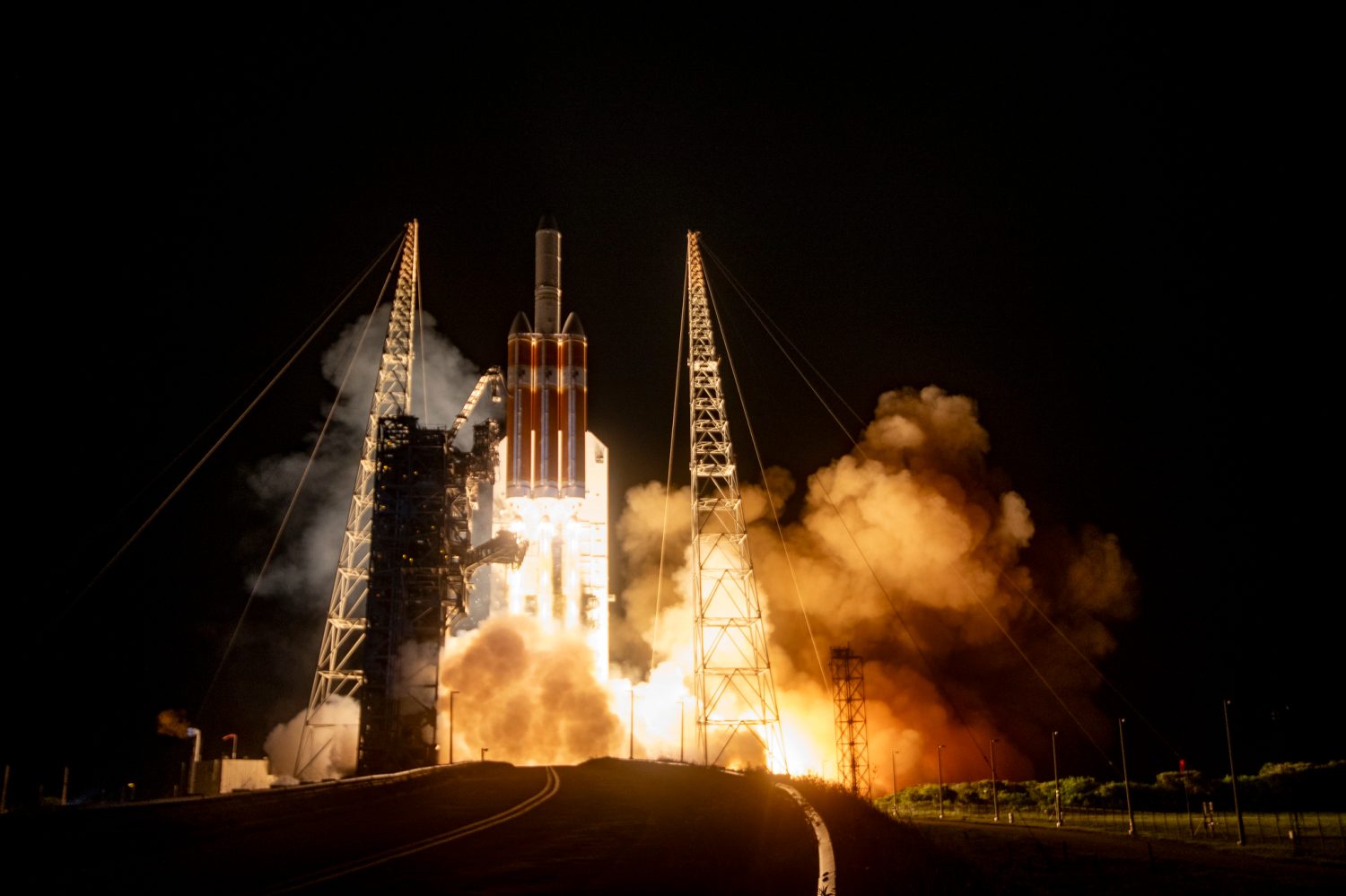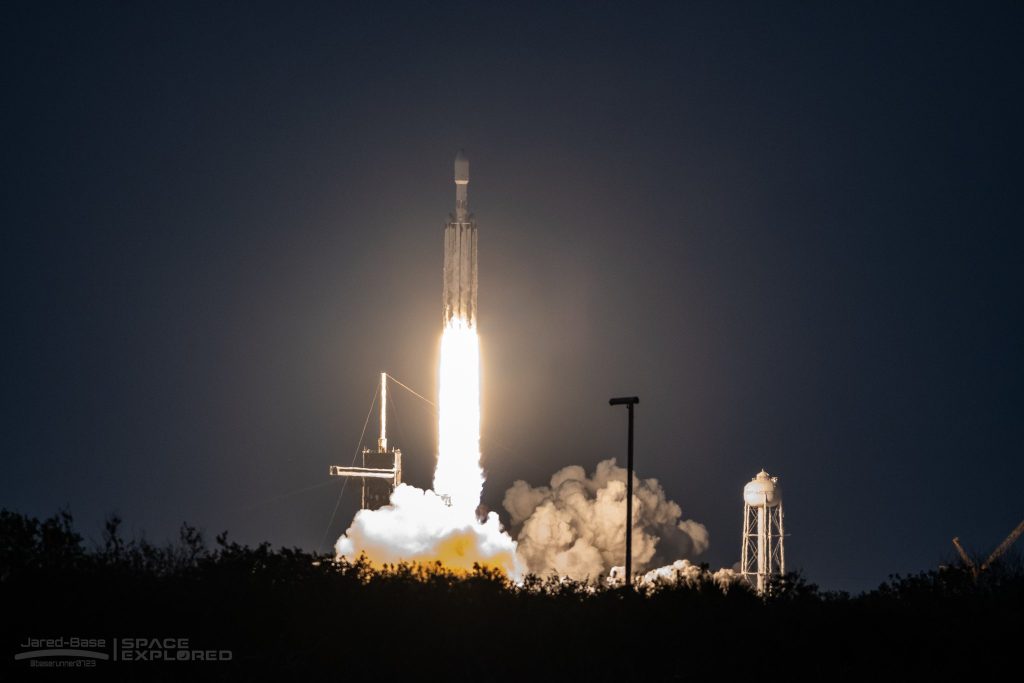
Congress appears to be pushing the Space Force to add a third winner in the force’s National Security Space Launch Phase 3 Lane 2 contract. This move could potentially bring significant financial opportunities to a fortunate company, offering them a chance to become a major player in the space industry alongside ULA and SpaceX.
Why do we care about the NSSL?
The National Security Space Launch Program (NSSL) holds immense importance in the United States’ space launch industry, and it has played a pivotal role in the existence of companies like SpaceX and ULA. The driving force behind its significance is, unsurprisingly, the substantial financial rewards it offers.
The NSSL provides billions of dollars to a select few companies capable of launching to the Space Force’s nine reference orbits from both coasts. It can make or break a company’s fortunes, turning them into an industry leader or forcing them to shut down.
During the Phase 2 contract, ULA and SpaceX secured a 60/40 split, respectively, while Northrop Grumman and Blue Origin lost out. As a consequence, Northrop Grumman canceled its OmegA rocket, and Blue Origin’s New Glenn faced launch delays.
So the fact that the Space Force is looking to expand this contract to more than just two companies means a lot.

NSSL Phase 3 Lanes 1 and 2
Now, the Space Force’s plan to expand the contract to include more than two companies signifies a significant development in the industry. The force has proposed two lanes: Lane 1, similar to NASA’s CLPS or Venture Class contracts, will involve missions with lower risk and importance, allowing companies that meet a lower bar to bid on them.
This opens up opportunities for rockets like Rocket Lab’s Neutron and Relativity’s Terran R to participate in NSSL missions. In contrast, Lane 2 will handle major launches involving sensitive, expensive, and large satellites like GPS, Keyhole, or Orion satellites from the National Reconnaissance Office and the military. Traditionally, only two providers were selected for Lane 2 missions, but the Space Force’s recent draft request for proposal indicates a willingness to include a third company.
While the Space Force justifies this expansion by citing the need for redundancy and accommodating more launches than previous contracts, it is widely believed that Blue Origin’s lobbying efforts have also influenced this decision. While SpaceX and ULA are already equipped for Lane 2 launches, Blue Origin would have until 2026 to demonstrate its capabilities and secure a west coast launch site.
Obtaining the third slot in the Lane 2 contract will be a significant achievement for the chosen company. However, the final decision is not expected to be announced for a few more years as Phase 2 launches have only just begun. The upcoming years promise to bring substantial changes to the space launch sector, making it an exciting time for the industry.
FTC: We use income earning auto affiliate links. More.




Comments